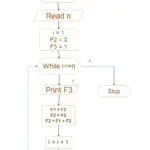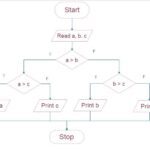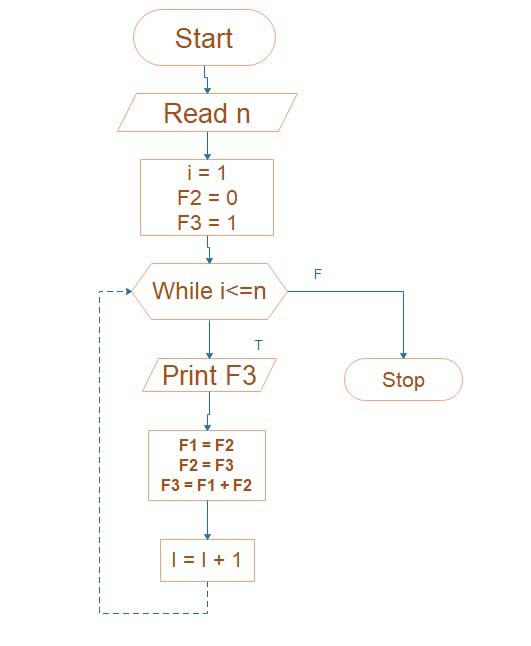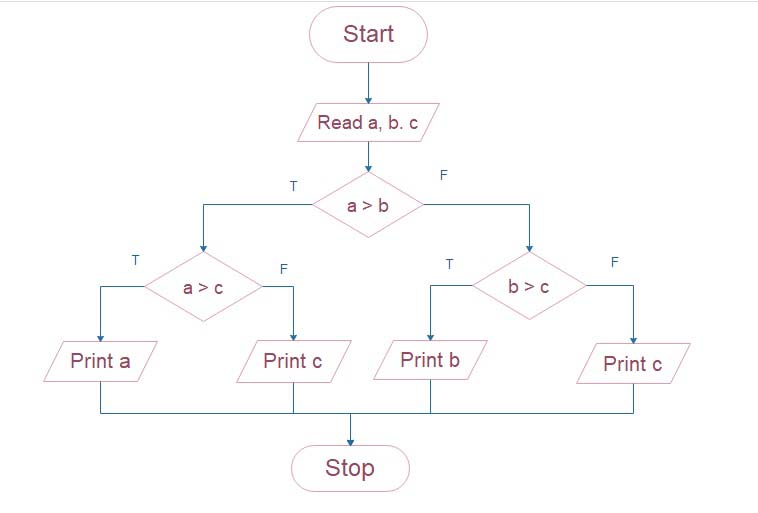The inclined plate moving of jet
Force on the inclined plate moving in the direction of the jet
Let a jet of water strikes an inclined plate, which is moving with a uniform velocity in the direction of the jet as shown in Fig.

Let
v = absolute velocity of a jet of water,
u = velocity from the plate into the direction of the jet,
a = Cross-sectional area of jet, and
θ = Angle between jet and plate.
- The relative velocity of a jet of water = (v – u)
- The velocity with which jet strikes = (v – u)
- Mass of water striking per second = ρ x a x (v – u)
If the plate is smooth and energy loss due to the jet’s impact is assumed zero, the jet of water will leave the inclined plate with a velocity equal to (v- u).
The force exerted by the jet of water on the plate in the direction normal to the plate is given as
Fn = Mass striking per second x [Initial velocity in the normal direction with which jet strikes – Final velocity]
= ρa (v – u) [(v – u) sinθ – 0]
= ρa (v – u)^2 sinθ
- This normal force Fn is resolved into two components namely Fx and Fy in the direction of the jet and perpendicular to the direction of the jet respectively.
Fx = Fn sinθ
= ρa (v – u)^2 sin^2θ
Fy = Fn cosθ
= ρa (v – u)^2 sinθ cosθ
Work was done per second by the jet on the plate
= Fx x Distance per second in the direction of x
= Fx x u
= ρa(v – u)^2 sin^2θ x u
= ρa (v – u)^2 u sin^2θ N m/s.
Ex. A jet of water of diameter 10 cm strikes a flat plate normally with a velocity of 15 m/s. Each plate is moving at a velocity of 6 m/s in some direction of the jet and also away from the jet.
Find
- The forces exerted by the jet at the plate
- Work is done by the jet on the plate per second
- Power of jet in kW
- Efficiency of jet
Given
The diameter of the jet,
d = 10 cm = 0.1 m,
Area,
a = (π/4)d^2
= (π/4)(0.1)^2
= 0.007854 m^2
The velocity of the jet,
v = 15 m/s
The velocity of the plate,
u = 6 m/s.
Solution
This force exerted by the jet to a moving flat vertical plate is given by,
Fx = ρa (v – u)^2
= 1000 x 0.007854 x (15 – 6)^2
= 636.17 N
Work done per second by the jet
= Fx x u
= 636.17 x 6
= 3817.02 Nm/s
Power of jet
= (work is done per second)/1000
= 3817.02/1000
= 3.817 kW
The efficiency of the jet (η)
= Output of jet per second/Input of jet per second
Where,
the output of jet per second = work done by jet per second
= 3817.02 Nm/s and
the input of jet per second = Kinetic energy of the jet per second
= (1/2) m v2 /s
= (1/2) (m/s) v2
= (1/2) (ρav) v2
= (1/2) ρav^3
= (1/2) 1000 x 0.007854 x 15^3
= 13253.6 Nm/s
The efficiency of the jet (η)
= 3817.02/13253.6
= 0.288
= 28.8 %













